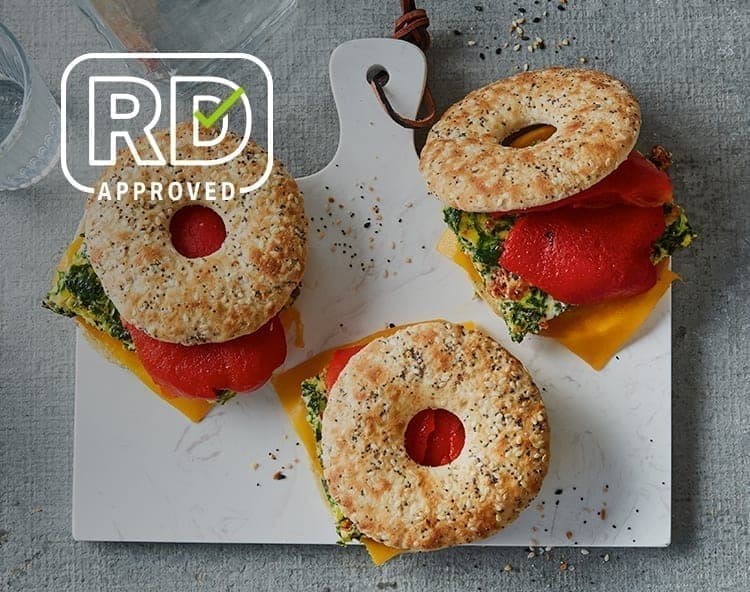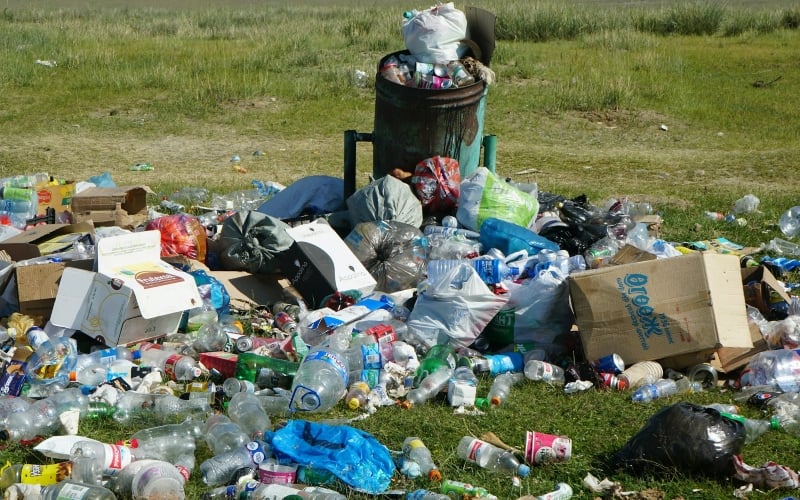BY SARAH CHAPMAN
Eating out has changed since 2018 when a Cochrane Review was published looking at the evidence on labelling menus with the calories for each item. Since then, the pandemic has altered perceptions and experiences of eating out, from apprehensiveness about food sharing and a new appeal of eating outdoors to encouragements to ‘eat out to help out’ sandwiched between lockdown closures and now a perhaps cautious return to cafes and restaurants.
Just as many of us are eating out again, something else has changed. From April 2022, in England, cafes, restaurants and takeaways in England with more than 250 employees have to display the calorie information of all the food and drink on offer. The Department of Health and Social Care says “[the] Rules will help the public to make healthier choices when eating out” – but will they? Let’s dig a bit deeper.
Cochrane evidence on nutritional labelling
The Cochrane Review Nutritional labelling for healthier food or non‐alcoholic drink purchasing and consumption (February 2018) draws on 28 studies, mostly done in laboratories, exploring the impact of nutritional labelling on buying or consuming food or non-alcoholic drinks. The authors said that “findings from a small body of low‐quality evidence suggest that nutritional labelling comprising energy information on menus may reduce energy purchased in restaurants.” They are even more uncertain about any effect on calories consumed (rather than just bought): the evidence, from studies done in laboratories, “suggests a similar effect to that observed for purchasing, although the evidence is less definite and also of low quality.”
They conclude that “Accordingly, and in the absence of observed harms, we tentatively suggest that nutritional labelling on menus in restaurants could be used as part of a wider set of measures to tackle obesity. Additional high‐quality research in real‐world settings is needed to enable more certain conclusions.”
And here we are, with this being implemented. The point about real-world research is important. People taking part in studies in laboratories may well behave rather differently than they would with their mates in Wetherspoons or at home enjoying a take-away and box set. Then there is the issue of harms…
What about possible harms of nutritional labelling?
With any intervention, it’s important to consider the potential for harm as well as benefit and Cochrane Reviews do this. However, the only potential harm assessed in this review was “high‐energy snack foods consumed with misleading low fat/energy labels”. No consideration is given to the potential harms for those living with eating disorders. When I read and wrote about this review in 2018, I knew nothing about this, but personal experience means this too has changed. Now in recovery from anorexia, my loved one has told me of the dread she feels about the prospect of seeing calories displayed against food and drink. The difficulties are eloquently explained by Clare Finney in her article Putting calories on menus won’t solve obesity, but it will harm those of us with eating disorders. Finney also mentions that mandating calorie information on menus in the US appears not to be working as an obesity-tackling measure.
The pandemic has had particularly detrimental effects on people with or at risk of eating disorders according to The Lancet. In particular there has been a sharp increase in anorexia among adolescent girls. The new labelling policy may add to the difficulties.
The charity BEAT has advice on eating out with calorie labelling for those affected by eating disorders and those supporting them.
Policy in Scotland, Wales and Northern Ireland
This Cochrane Review has informed a rapid evidence review in Scotland, where people are now being invited to have their say on plans to add calories to menus, in a 12 week consultation period. In Northern Island, in The Obesity Policy and Action Plan, the Irish Government committed to the development and implementation of legislation on calorie posting on menus by food businesses. Public consultation took place in February 2020 and in the latest progress report on implementation of the Plan, one of the measures listed as now taken is posting calorie information in restaurants. In Wales, the first of seven national priority areas in their Healthy Weight: Healthy Wales Strategy is to “Shape the food and drink environment towards sustainable and healthier options” and includes a plan to introduce legislation by 2024 on calorie labelling in out-of-home settings.
As for the future of research to inform policy, let’s hope that there will be new, high-quality studies to fill the existing evidence gaps, studies conducted in the real world and considering harms beyond ‘eating too many calories’.
—
This post was previously published on evidentlycochrane.net and under a Creative Commons license CC BY-ND 4.
***

If you believe in the work we are doing here at The Good Men Project and want a deeper connection with our community, please join us as a Premium Member today.
Premium Members get to view The Good Men Project with NO ADS. Need more info? A complete list of benefits is here.
—
Photo credit: iStockPhoto.com
The post Food and Drink Labelling: Considering Evidence and Impacts appeared first on The Good Men Project.
Original Article










